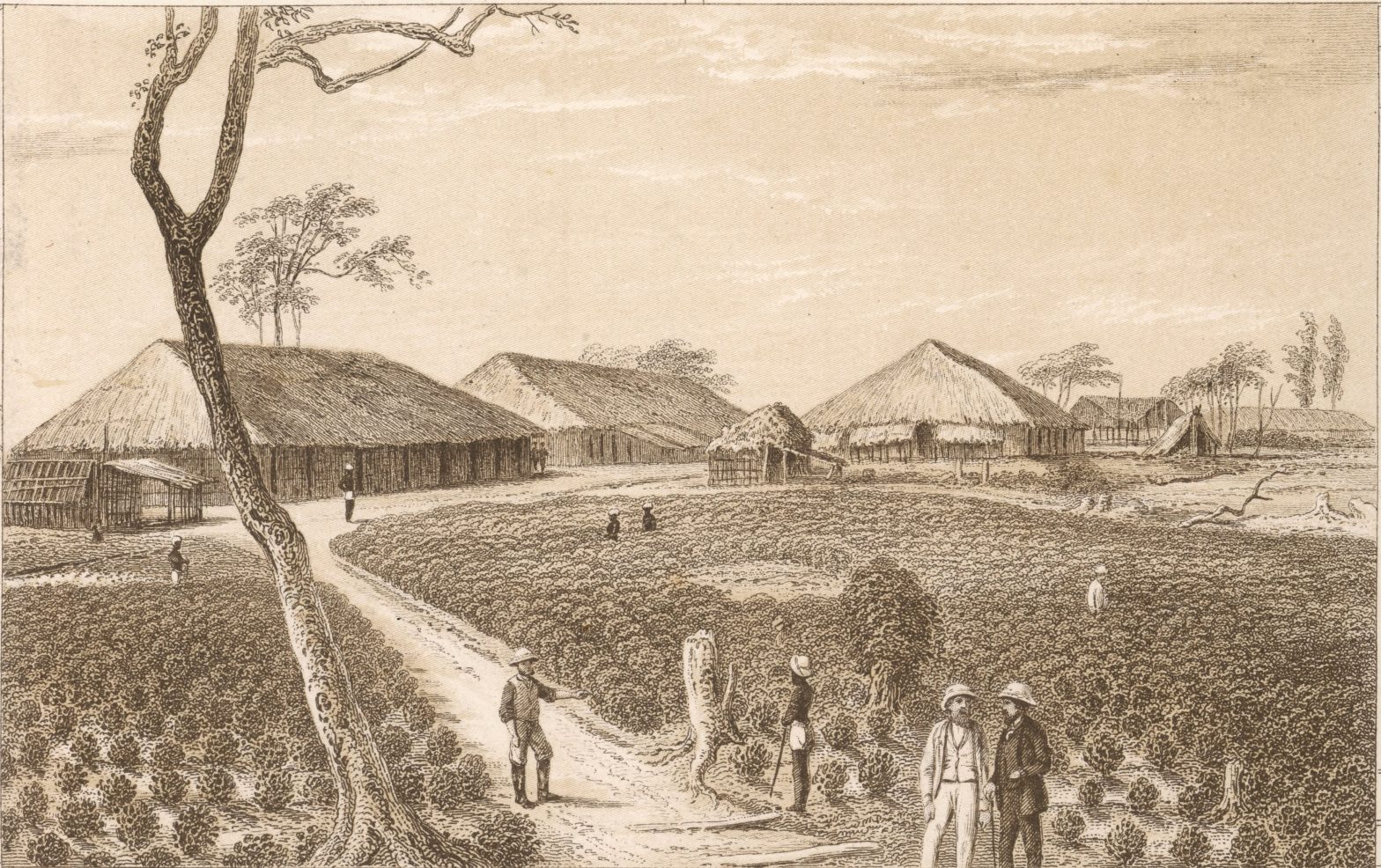For many of us, starting our day with a perfectly brewed cup of tea is a non-negotiable part of our routine. Whether you prefer black tea, green tea, masala chai, or any other variety, tea has become an essential part of our daily routine.
Tea is the world’s most popular beverage after water. It’s a versatile drink that can be enjoyed hot or cold, with or without milk, and with or without sugar.
But with so many different types of tea to choose from, have you ever wondered where this beloved beverage originated?
Tea has a fascinating history that dates back centuries. It has its origins in China. According to legend, the Chinese Emperor Shennong discovered tea in 2737 BCE. He was boiling water under a tea tree when a leaf fell into his pot. The resulting drink was pleasant, and tea was born. From there, tea quickly became a popular drink in China and eventually spread to other parts of the world.
Originally, tea was consumed as a medicinal drink in China. It was believed to have a calming effect on the mind and was used to treat various ailments. The tea that was consumed in ancient China was known as “long leaves tea.” The leaves were picked by hand and dried in the sun, which gave them their distinct flavour.
Till date, tea is enjoyed by millions of people worldwide and is grown in many countries, including India, Sri Lanka, China, Kenya, and Japan. The way tea is produced and consumed varies greatly between cultures and regions.
As tea grew in popularity, methods for harvesting and processing the leaves evolved. In the 19th century, the CTC (crush, tear, curl) method was developed in India. This method involves cutting and bruising the leaves, which makes them more suitable for mass production. CTC teas are commonly used in tea bags and are known for their strong, robust flavor. However there is number of tea lovers who loves loose leaf tea more than teas from tea bags. Know more about Loose Leaf vs Tea bags.
In contrast to CTC tea, orthodox tea is produced using traditional methods. The leaves are hand-picked and carefully processed to preserve their flavor and aroma. Orthodox tea is often associated with high-quality loose-leaf teas and is considered a luxury item.
Tea eventually made its way to Europe in the 17th century. It was first introduced to Portugal and then quickly spread to other European countries. In the 18th century, tea became a popular drink in Britain, and the British Empire played a significant role in spreading tea around the world. Today, tea is enjoyed in every corner of the globe.
Despite its popularity, tea has also faced its fair share of controversy throughout history. In the 18th century, the British East India Company had a monopoly on the tea trade and imposed high taxes on tea imports. This led to the Boston Tea Party, where American colonists famously dumped 342 chests of tea into Boston Harbor to protest British rule. Things did settle after a while and today tea is consumed worldwide with great enthusiasm.
Nowadays, tea is enjoyed by people of all ages and backgrounds.
In India, masala chai is a popular beverage made by brewing tea leaves with aromatic spices and milk. In Japan, traditional tea ceremonies involve a carefully choreographed ritual of preparing and serving matcha tea. And in Britain, afternoon tea is a quintessential cultural experience that involves tea, sandwiches, and pastries.
It’s a comforting drink that can be enjoyed alone or with friends. It’s no wonder that fellow tea lovers quote it as,
‘Chaahat ka jadoo hai yeh, kuch meethi si mohabbat hai,
Ek cup chai ke saath, yun hi guzar jaati hai zindagi ki saari shamat hai.’
To summarise it, tea has a rich history that dates back thousands of years. From its origins in ancient China to its spread around the world, tea has become a beloved beverage that brings people together.
Whether you prefer CTC tea, orthodox tea, or any other type of tea, there’s no denying the power of a good cup of tea.

